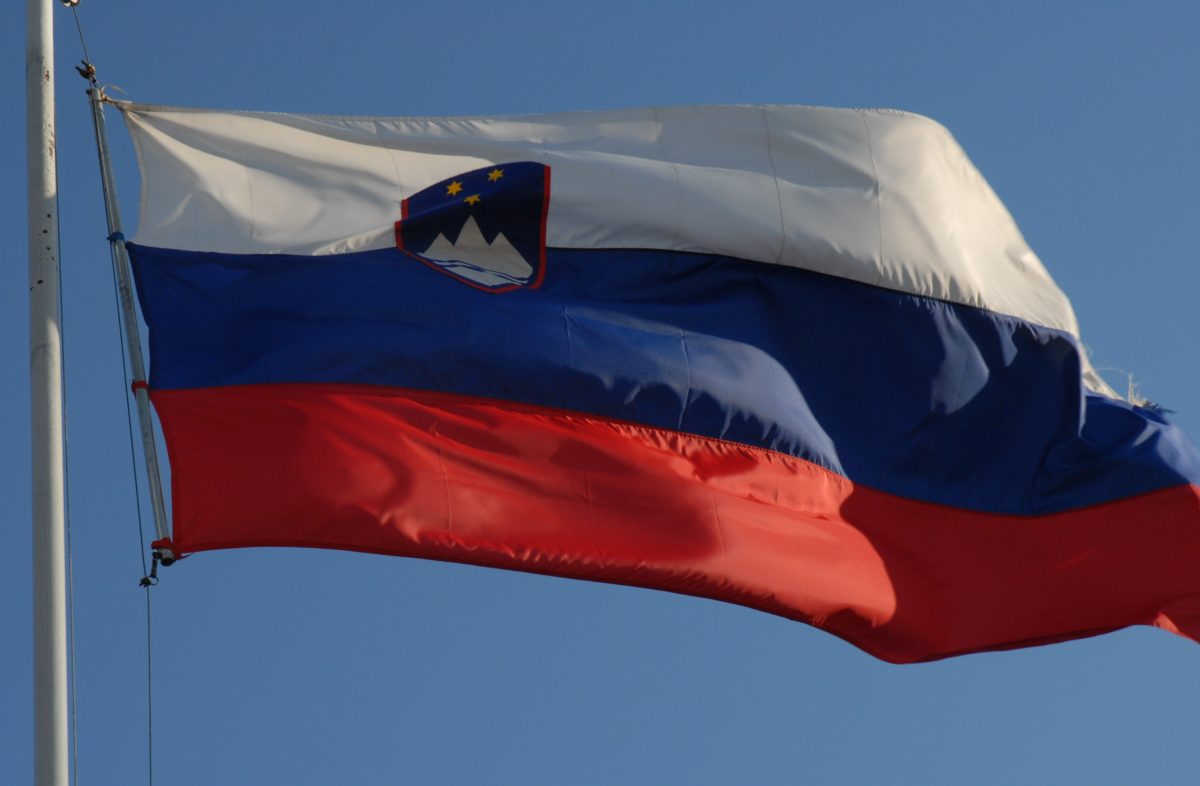The Slovenian solar market has been growing at a slow but constant pace over the past four years. According to figures provided to pv magazine by the Slovenian Photovoltaic Association (ZSFV), the country has seen the addition of about 10 MW of new PV capacity each year from 2013 to 2016.
At the end of 2016, Slovenia had reached a cumulative installed PV capacity of approximately 259 MW. Most of this was installed in 2012 (122 MW), 2011, (54 MW) and 2010 (37 MW) under the country’s FIT scheme, which expired at the end of 2013. In 2013, however, only 10.7 MW of new PV systems was installed.
Primož Tručl from ZSFV explained that, after the FIT scheme was closed, the government introduced a tender mechanism for solar and renewables, which was never implemented. The government, in fact, has failed to allocate financial resources for the tenders planned for the past three years, and no tenders have been held.
The Slovenian government, however, has finally allocated €2 million ($2.1 million) for the 2017 tender. Highly efficient PV installations will compete with wind power projects in the auction.
What is keeping the Slovenian solar market alive is a net-metering scheme introduced in late 2015, Tručl said. The scheme is open to PV installations of up to 11 kW owned by individuals or small-sized business. The association has asked the government to include collective solar projects in the scheme and the Virtual net metering (VNM), a bill crediting system for community solar.
Popular content
Tručl believes that approximately between 20 MW and 30 MW of new PV power could be installed in Slovenia in 2017. “Net-metering was implemented in December 2015, but consumer confidence has increased only recently,” said Tručl.
Solar is currently covering over 1.5% of the country’s electricity demand. Thermal and nuclear power still covered 41.9% and 37.5% of demand in December 2016.
In order to reach its EU targets, Slovenia must cover 25% of its electricity consumption by 2020. Fortunately, hydropower plants were able to cover 19.7% of demand in December 2016. In 2015, renewables were able to reach a share of 23%.
This content is protected by copyright and may not be reused. If you want to cooperate with us and would like to reuse some of our content, please contact: editors@pv-magazine.com.



By submitting this form you agree to pv magazine using your data for the purposes of publishing your comment.
Your personal data will only be disclosed or otherwise transmitted to third parties for the purposes of spam filtering or if this is necessary for technical maintenance of the website. Any other transfer to third parties will not take place unless this is justified on the basis of applicable data protection regulations or if pv magazine is legally obliged to do so.
You may revoke this consent at any time with effect for the future, in which case your personal data will be deleted immediately. Otherwise, your data will be deleted if pv magazine has processed your request or the purpose of data storage is fulfilled.
Further information on data privacy can be found in our Data Protection Policy.